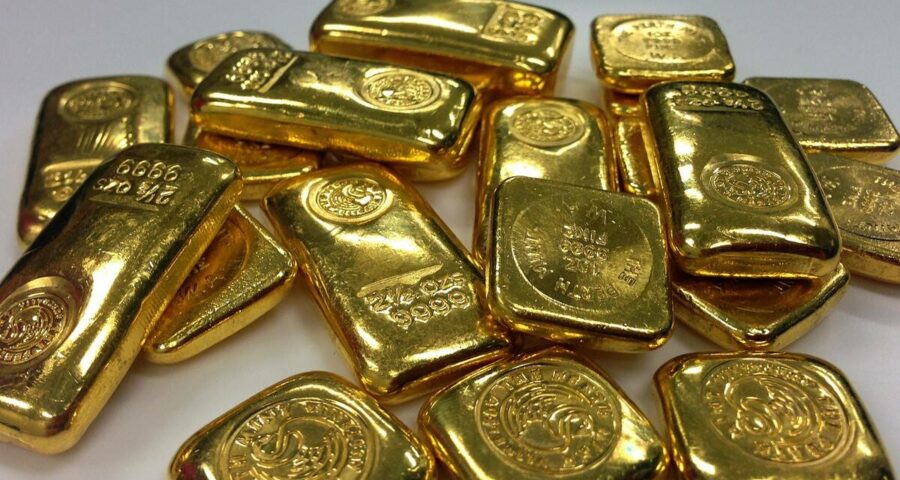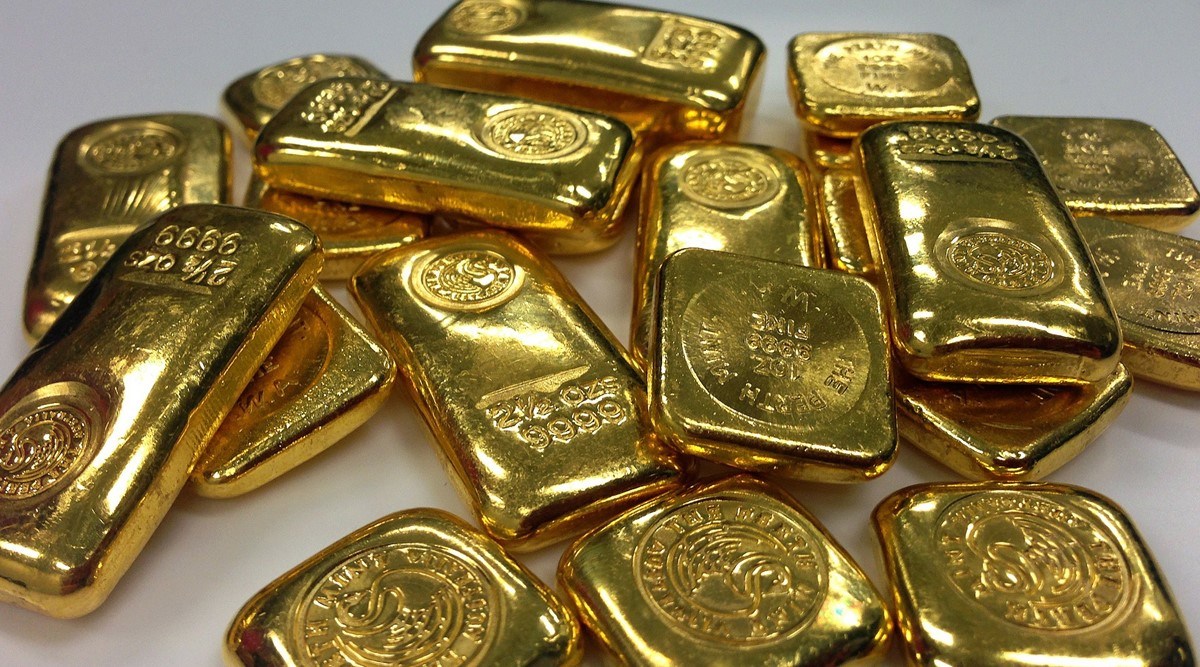In the present environment, when some states are under a lockdown and citizens are discouraged to step out in others, digital gold is the safest option that allows customers to buy gold, from the comfort of their homes on Akshaya Tritiya.
Written by Ashraf Rizvi
Akshaya Tritiya is an auspicious occasion that has come to be associated with buying and gifting gold. This year, owing to the second wave of the pandemic and investor sentiment driven towards assets with long-term returns, customers are turning to online and mobile-accessible investment options such as digital gold. Put simply, physical gold bought digitally and easily through a mobile app is digital gold.
In the present environment, when some states are under a lockdown and citizens are discouraged to step out in others, digital gold is the safest option that allows customers to buy gold, from the comfort of their homes on Akshaya Tritiya. Moreover, it is always a good time to invest in digital gold as it is an attractive proposition for investors looking at long-term savings as gold has always been an insurance against uncertainties.
Digital gold has increasingly caught the eye of investors as it offers all the benefits of gold along with the ease of trading and transactions in smaller denominations. Customers get certified gold with quality assurance which is stored securely in vaults. There are no making charges associated with it, as is in the case of physical gold or jewellery, thus enabling greater savings to customers. It offers the added advantage of customers not having to worry about the storage or the insurance as providers take care of it all for them. The ease of selling whenever needed through the app, is another crucial benefit. This Akshay Tritiya, people can also easily gift digital gold to their loved ones. Purchases can be made in small amounts and in fractional portions over 1 gram.
Customers with long-term investment goals need to consider gold as a serious addition to their portfolio, because of the unparalleled benefits it offers over physical gold and other tools like gold ETFs, gold bonds and sovereign gold funds. In case of gold ETFs and gold funds, customers need to pay for the cost of the DEMAT account as well as an annual maintenance cost, which is not the case with digital gold. Sovereign Gold Bonds offer attractive pricing and an annual return, however, require the secondary market to sell if customers need access to their cash. This can be quite expensive and liquidity may not be available when needed. Additionally, the required holding period is up to eight years so it is more like long-term bond ownership.
While there is no certainty in timing any investment, gold has been a consistent store of value through the ages, especially during times of crises as we are witnessing now. What is certain, however, is that savings stored in government paper currency decline in value over time. As governments print more money and allow inflation to reduce the debts they owe, the value of paper currency devalues. For example, if ten years ago a saver had set aside enough cash rupees to be able to buy a Maharaja Mac meal from Mc Donalds, today those same rupees would not cover the cost. Had that saver put aside the same amount in digital gold, today they could buy themselves a meal, along with one for a friend and still have money left to spend.
Investing in gold, on the contrary, would have given multiple times returns to the saver. Gold helps in the diversification of an investment portfolio and helps in hedging risks related to inflation, market volatility and currency. Digital Gold goes a step further and mitigates the risk of burglary, offers quick liquidity at market rates and lessens the cost of gold investments.
The author is Founder & CEO at Digital Swiss Gold & Gilded. Views expressed are that of the author.
Source: Read Full Article


